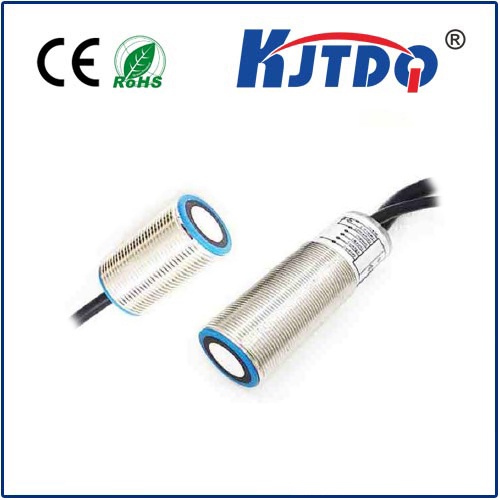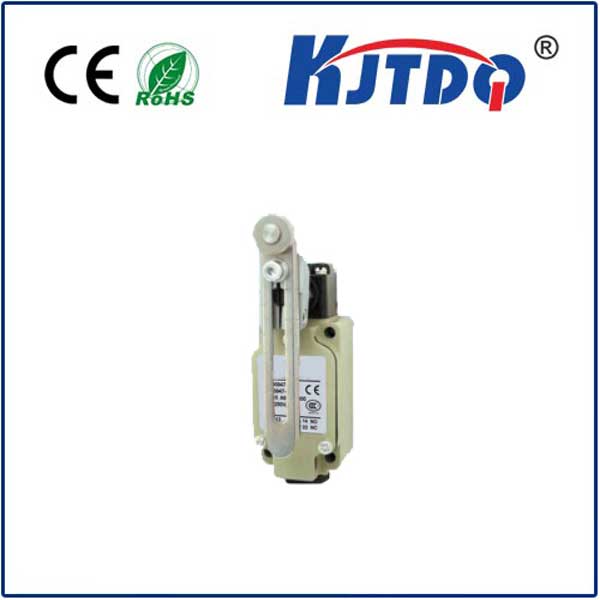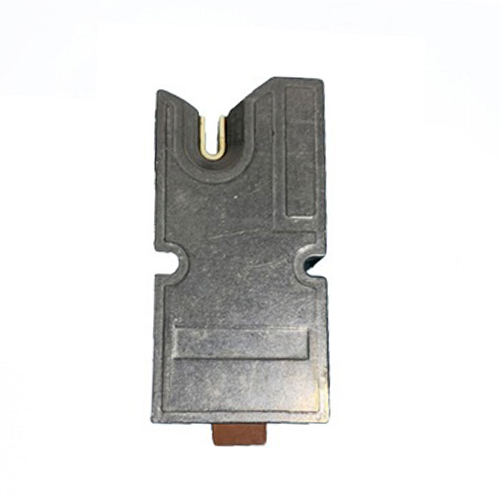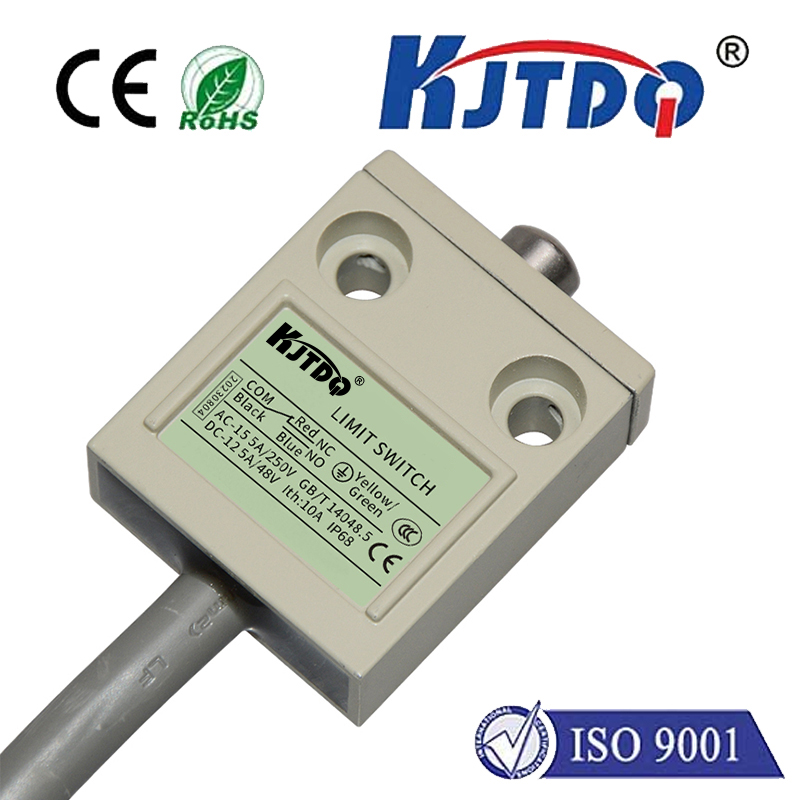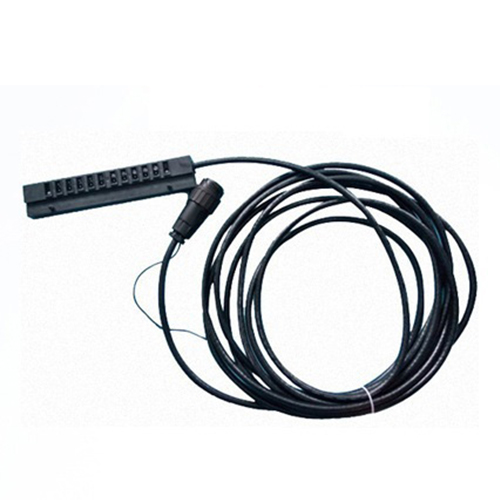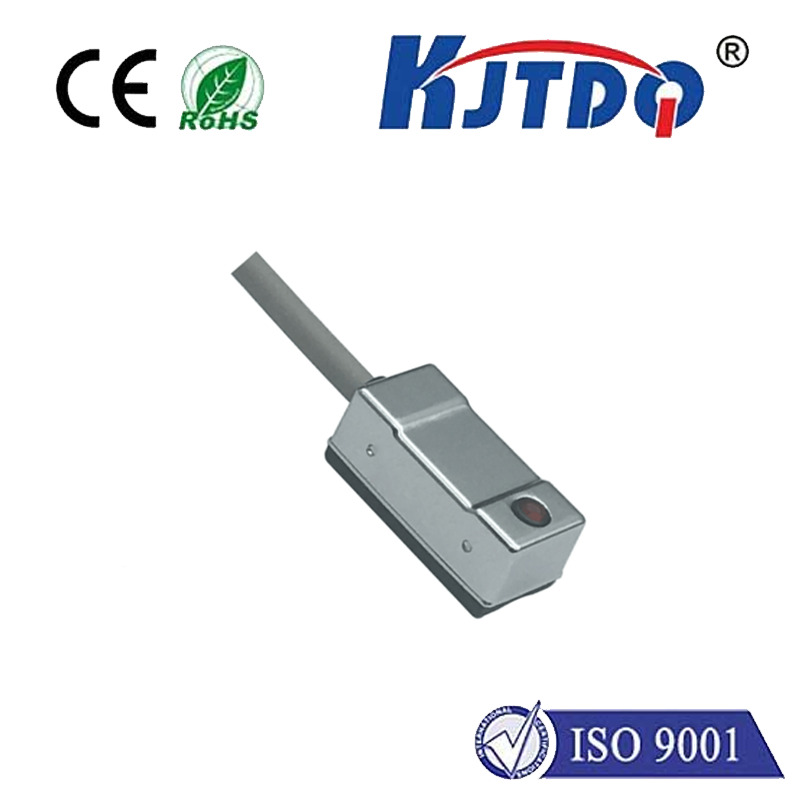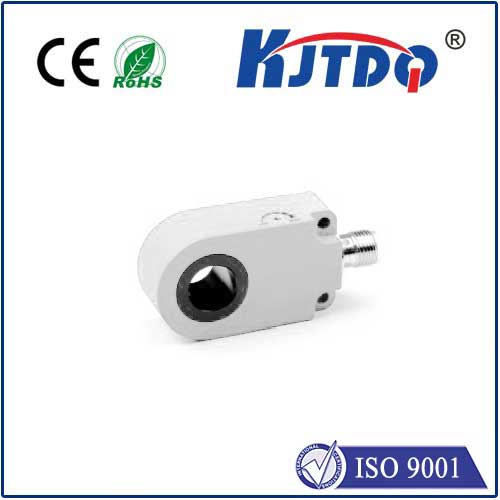thermal sensors for pulsed lasers
- time:2025-08-28 03:05:20
- Click:0
Thermal Sensors for Pulsed Lasers: Mastering the Heat for Peak Performance
Pulsed lasers are the workhorses of modern industry and science. From precision micromachining and medical procedures to cutting-edge defense and research applications, their ability to deliver concentrated bursts of energy is invaluable. Yet, this very power comes with a critical challenge: heat generation. Managing the thermal load isn’t just about efficiency; it’s fundamental to achieving consistent pulse quality, ensuring long-term reliability, and preventing catastrophic failure. This is where specialized thermal sensors for pulsed lasers become indispensable allies.
Why Heat is the Silent Enemy of Pulsed Lasers
Unlike continuous-wave (CW) lasers, pulsed lasers generate heat in intense, short bursts. While the average power might seem manageable, the peak power during each pulse creates significant localized heating at critical components, primarily:
- The Laser Diode (for diode-pumped systems): The primary electrical-to-optical conversion point. Overheating drastically shortens diode lifespan and shifts its operating wavelength.
- The Gain Medium (Crystal, Fiber, Gas): Where laser amplification occurs. Temperature fluctuations alter the medium’s refractive index and thermal lensing properties, degrading beam quality (M² factor) and stability.
- Optics (Lenses, Mirrors): Thermal distortion can misalign the beam path and damage coatings.
Unmanaged, this heat accumulates cycle after cycle. Consequences include:
- Wavelength Drift: Critical for applications like spectroscopy or pumping other lasers.
- Beam Pointing Instability: Ruins precision in machining or alignment tasks.
- Reduced Output Power: Efficiency drops as temperature rises.
- Premature Component Failure: The most costly outcome, often requiring system downtime.
The Challenge: Capturing Transients, Not Just Averages

Measuring temperature in pulsed lasers isn’t as simple as slapping on a standard thermometer. Traditional sensors designed for steady-state environments struggle with the unique demands:
- Rapid Thermal Transients: Temperatures spike and fall dramatically within microseconds or milliseconds during and after each pulse. Sensors must respond incredibly quickly to capture these peaks and valleys accurately.
- Spatial Resolution: Heat is often localized. Sensors need to be small and precisely placed at the exact hotspot (e.g., diode mount, crystal surface) to get meaningful data.
- Minimal Thermal Mass: A sensor with high thermal mass acts like a heat sink, absorbing energy itself and significantly slowing its response time, masking the true temperature dynamics. It also disturbs the very thermal environment it’s trying to measure.
- Robustness & Stability: Sensors must withstand potential electromagnetic interference (EMI) from pulsing electronics and maintain calibration under repeated thermal cycling.
- Non-Intrusiveness: They ideally shouldn’t disrupt the laser cavity alignment or beam path.
Enter the Specialists: Thermal Sensors Built for the Pulse
Effective thermal management for pulsed lasers relies on sensors specifically engineered to overcome these challenges. The primary contenders are:
- Thermocouples (TCs):
- Pros: Wide temperature range, relatively inexpensive, simple principle.
- Cons: Critical Limitation: Slow response time (often seconds) due to inherent thermal mass makes them largely unsuitable for capturing the fast transients in most pulsed laser applications. Best suited for monitoring slower-changing average temperatures near components.
- Best For: Background thermal monitoring of heatsinks or enclosures.
- Resistance Temperature Detectors (RTDs):
- Pros: High accuracy and stability over time. Better linearity than thermocouples.
- Cons: Response time, while potentially faster than some TCs, is still generally too slow (milliseconds range) for microsecond or faster pulses. Can have self-heating effects if measurement current isn’t carefully managed.
- Best For: Applications requiring very stable average temperature readings with moderate pulse frequencies, or monitoring coolant temperatures.
- Thermistors (NTC - Negative Temperature Coefficient):
- Pros: Can achieve very high sensitivity (large resistance change per degree). Some bead-type thermistors can have very fast response times (down to milliseconds or even microseconds) when miniaturized.
- Cons: Non-linear response requires complex calibration. Temperature range is typically more limited than TCs or RTDs. Fragility can be a concern with ultra-small beads.
- Best For: Applications demanding fast response on microsecond timescales, especially where high sensitivity is valued and the temperature range is manageable. Miniature bead thermistors are often used directly on laser diode packages.
- Non-Contact Infrared (IR) Sensors:
- Pros: Truly non-intrusive - no physical contact needed. Excellent for measuring surface temperatures of optics, crystals, or other components directly in the beam path. Can have very fast response times.
- Cons: Accuracy depends on knowing the surface’s emissivity (which can change or be unknown). Requires line-of-sight. Ambient temperature fluctuations and reflections can cause errors. Typically measure larger surface areas, lacking pinpoint hotspot resolution compared to contact sensors.
- Best For: Monitoring critical optical components susceptible to thermal distortion or damage, and targets where physical contact is impossible or undesirable.
Selecting and Integrating the Right Thermal Sentinel
Choosing the optimal thermal sensor requires careful consideration:
- Required Temporal Resolution: How fast are the temperature changes you need to see? Match sensor response time accordingly (faster is usually better for pulsed systems).
- Measurement Point: Is it a tiny diode mount, a crystal face, an optic, or the coolant flow? This dictates size, contact/non-contact need, and placement feasibility.
- Temperature Range: Ensure the sensor covers the expected minimum and maximum temperatures.
- Accuracy & Stability Needs: What level of precision is required for process control or safety?
- Environmental Factors: EMI, vacuum, gas atmosphere? Choose sensors and cabling rated appropriately.
- Integration: Sensors need robust mounting. Ensure thermal interface (e.g., thermally conductive epoxy for contact sensors) is optimized for fast, accurate heat transfer. Shielding from EMI is crucial. Signal conditioning/amplification is often needed for low-level signals (like thermocouples or RTDs).
Beyond Measurement: Closing the Loop
Accurate thermal sensing is only half the battle. The real power comes from integration into a closed-loop thermal management system. High-fidelity, fast-response sensor data feeds into a controller that dynamically adjusts:
- Thermoelectric Cooler (TEC) current for diode or crystal temperature stabilization.
- Coolant flow rates.
- Pulse repetition rate or duty cycle.
- System interlocks to shut down if dangerous temperatures are detected.
This active regulation maintains the laser within its ideal operating window, maximizing performance, lifetime, and process repeatability. Ignoring thermal management is simply not an option for demanding pulsed laser applications.
Conclusion: Heat Management as a Performance Cornerstone
In the high-stakes world of pulsed lasers, thermal management is not a secondary concern; it’s a core determinant of success. Selecting and implementing the right thermal sensors – those capable of accurately capturing the rapid heat dynamics inherent in pulsed operation – is fundamental. Whether it’s a miniature thermistor providing real-time diode temperature feedback, an IR sensor silently monitoring a critical optic, or strategically placed RTDs tracking overall thermal trends, these specialized sensors provide the essential data needed to tame the heat. By mastering thermal monitoring, engineers unlock the reliability, stability, and precision that define world-class pulsed laser performance.








